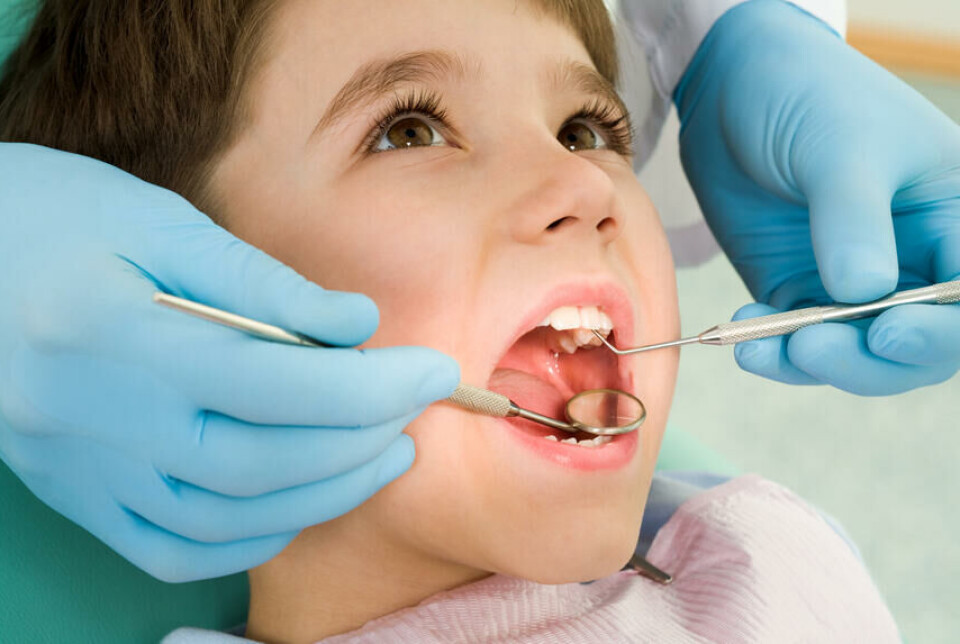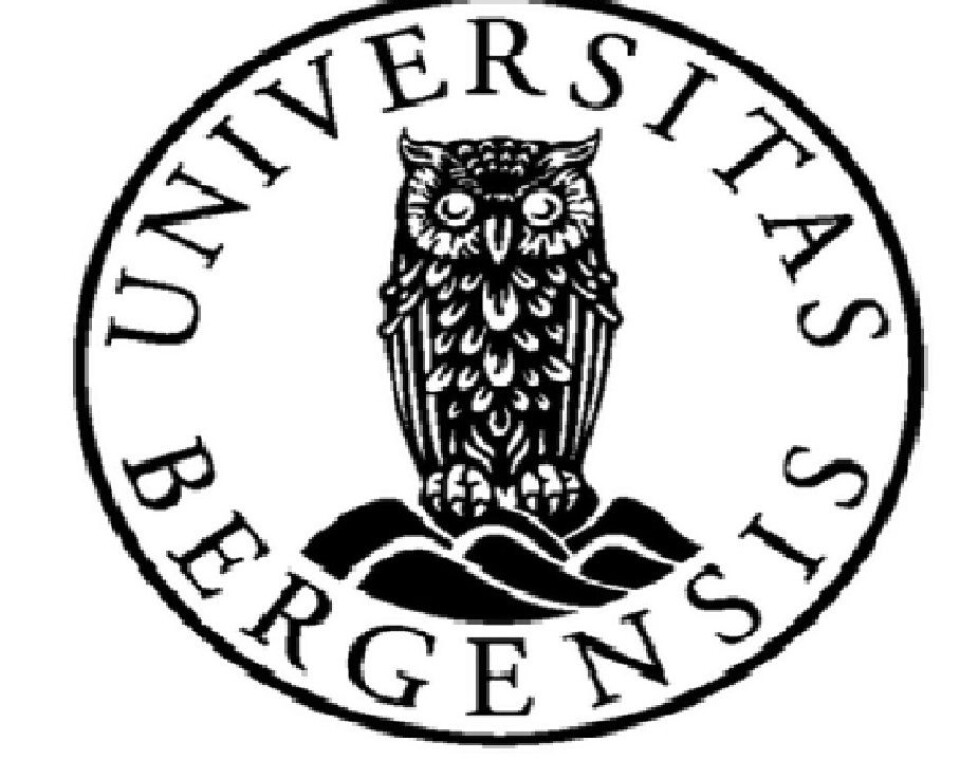THIS CONTENT IS BROUGHT TO YOU BY the University of Bergen - read more

About half of children with celiac disease have damaged enamel: Common milk protein causes an immune reaction
The new findings may help prevent enamel damage in children.
A damaged enamel makes the tooth more porous, and more prone to caries and cavities. For some, enamel defects lead to major dental health problems.
A recent Norwegian study has tried to look at the causes of why so many Norwegian children get enamel defects.
An international research group have now shown that about half of childen with celiac disease have enamel damage.
“This is the first time it is shown that enamel damage can be caused by an autoimmune disease, autoimmune amelogenesis imperfect,” Eystein Husebye says.

He is a professor at the University of Bergen's Department of Clinical Science.
Autoimmune reaction to a common protein in milk
In celiac patients, the research team found a link between autoantibodies to the milk protein kappa-casein and enamel damage.
“It may seem that in the same way as celiac patients react to gluten in their diet and get intestinal damage, they react to kappa-casein in cow’s milk and get tooth damage,” Husebye says.
Enables earlier diagnosis
The other condition with autoimmune enamel damage that was studied is the very rare and hereditary disease autoimmune polyendocrine syndrome type I (APS-I) that affects children.
It was the widespread enamel damage in this disease that put the research team onto the idea that autoimmunity was the cause.
“The new findings will help us to diagnose celiac disease at an earlier stage and thus prevent enamel damage,” Huesbye says.
It also makes it possible to find a 'cure' for these damages in children.
“If possible, removing kappa-casein from your diet can prevent enamel damage. In addition, the findings make it possible to consider whether there are similar mechanisms for enamel damage in other diseases,” he concludes.
Reference:
Dobeš et al. Extrathymic expression of Aire controls the induction of effective TH17 cell-mediated immune response to Candida albicans, Nature Immunology, 2022. DOI: 10.1038/s41590-022-01247-6

This content is paid for and presented by the University of Bergen
This content is created by the University of Bergen's communication staff, who use this platform to communicate science and share results from research with the public. The University of Bergen is one of more than 80 owners of ScienceNorway.no. Read more here.
More content from the University of Bergen:
-
Researcher: Politicians fuel conflicts, but fail to quell them
-
The West influenced the Marshall Islands: "They ended up creating more inequality"
-
Banned gases reveal the age of water
-
Researchers discovered extreme hot springs under the Arctic
-
Tiny particles unlock vinegar’s hidden healing potential
-
“Why doesn't it rain more?” asks researcher




































